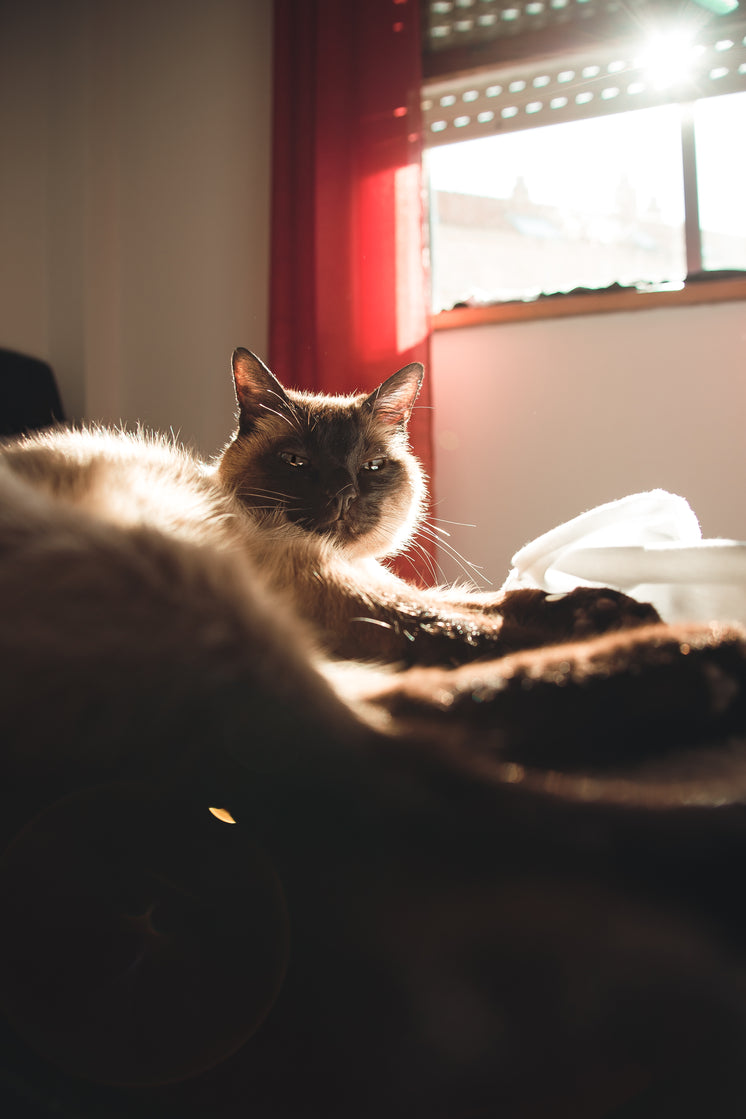Teaching Kitties to Use the Litter Box: Tips and Techniques

Cat litter and litter boxes play an essential role in the lives of both felines and their owners. From the modest starts of sand and soil to the innovative developments these days, the world of cat litter has actually progressed substantially. In this comprehensive guide, we dig into every aspect of cat litter and litter boxes, exploring their history, types, benefits, difficulties, and whatever in between.
The history of cat litter go back centuries, with ancient civilizations utilizing sand, soil, and even ashes as primitive litter products. Nevertheless, it wasn't up until the mid-20th century that modern-day cat litter as we understand it emerged. In 1947, Edward Lowe presented the world's very first business cat litter made from absorbent clay, changing the method felines relieved themselves inside your home. Ever since, cat litter has actually gone through many changes, with the intro of clumping litter, silica gel litter, naturally degradable choices, and more.
Today, cat owners are spoiled for choice when it comes to selecting the ideal litter for their feline buddies. Standard clay litter stays popular for its cost and effectiveness in absorbing smells. Clumping litter, which forms strong clumps when wet, streamlines cleaning and maintenance. Silica gel litter, made up of extremely absorbent silica crystals, provides exceptional odor control and longevity. Biodegradable alternatives, such as recycled paper, wood pellets, corn, and wheat, interest environmentally conscious consumers.
Each kind of cat litter provides distinct advantages. Clay litter masters its capability to absorb moisture and control smells, making it a trusted option for numerous cat owners. Clumping litter streamlines everyday scooping and extends the time between cat litter scoop total litter changes. Silica gel litter provides extraordinary odor control and can last longer between replacements. Eco-friendly litters provide a sustainable alternative that lessens environmental effect.
While cat litter improves indoor feline hygiene, it is not without its obstacles. Dust from clay litter can position respiratory threats for both cats and humans, triggering the appeal of dust-free options. Some felines may establish litter box aversion due to issues with texture, aroma, or cleanliness, demanding experimentation with different litters and box configurations. Multi-cat homes might require strategic litter box positioning and frequent maintenance to avoid territorial disputes and guarantee all cats have access to tidy facilities.
Picking the appropriate litter box is necessary for promoting positive litter box routines and overall feline wellness. Factors to think about include size, availability, and style preferences. Covered litter boxes provide personal privacy and help include odors, but some cats might find them restricting or daunting. Open-top litter boxes offer simple gain access to and presence but might result in more litter scatter. Automatic Grass Seed Cat Litter self-cleaning litter boxes enhance upkeep however require routine tracking and upkeep.
Appropriate litter box upkeep is essential for making sure a clean and inviting environment for both cats and their owners. Daily scooping gets rid of waste quickly, decreasing smell and preventing litter box aversion. Regular litter replacement, normally every 1-2 weeks, prevents bacterial buildup and keeps optimum absorbency. Thorough cleaning with moderate cleaning agent and water, avoiding severe chemicals that might hinder cats from using the box, ought to cat litter tray be performed monthly.
Cat litter and litter boxes play a main function in fostering a healthy and harmonious relationship in between felines and their human buddies. With a diverse range of litter choices and litter box styles readily available, cat owners have the flexibility to tailor their choices to fit their felines' choices and household needs. By understanding the development, types, advantages, and obstacles of cat litter and litter boxes, family pet owners can provide their feline buddies with a comfortable and hygienic indoor environment.